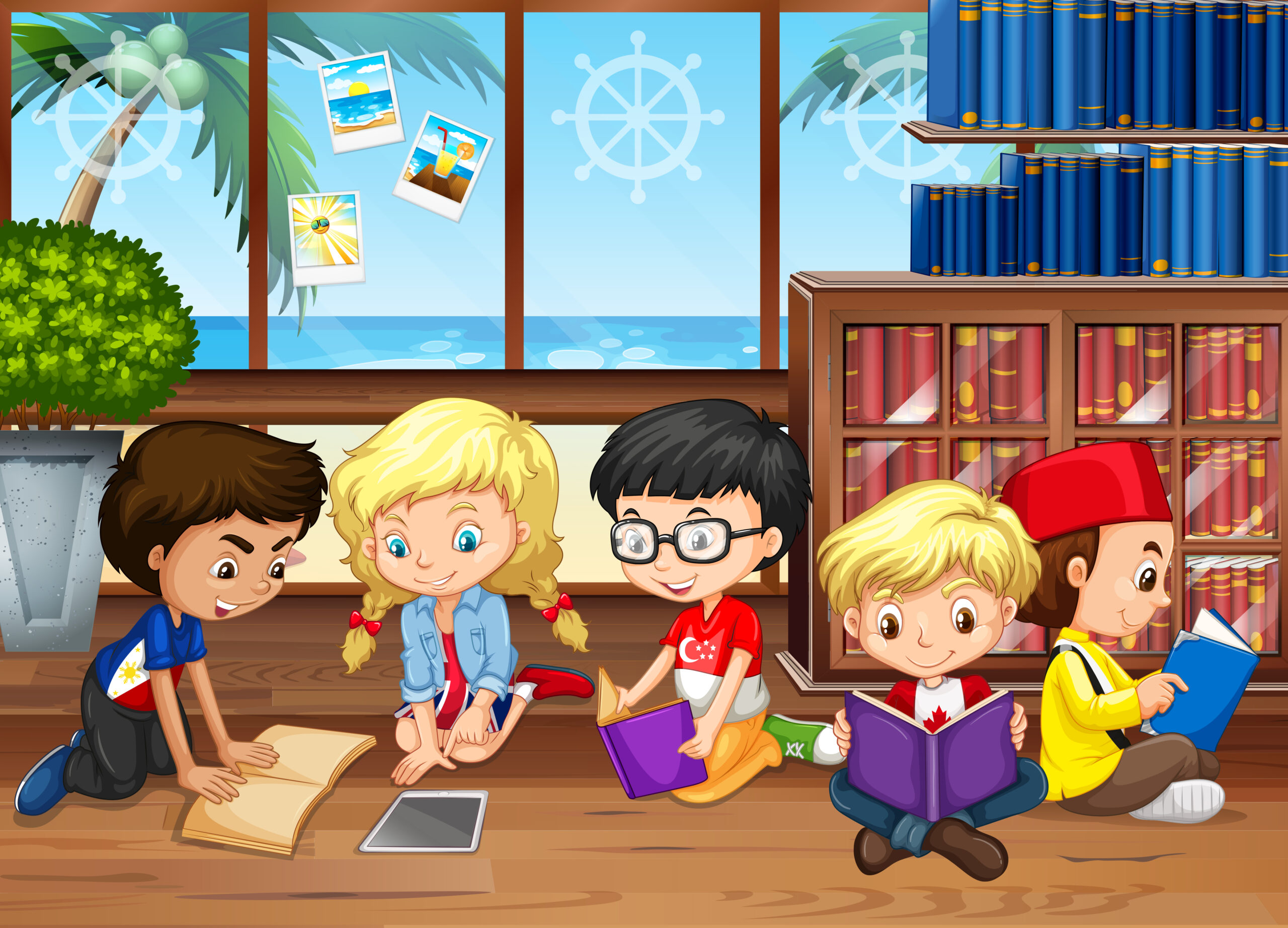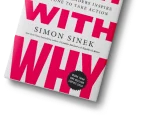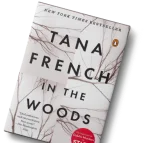
Have you ever sat by a window with a cup of tea, watching children play, and thought: “This would make a wonderful story”? Many first-time authors have that spark — a bedtime tale, a funny classroom moment, or a cultural folk story they wish to share. But once the idea blooms, the next question usually is: “How do I get my children’s book published?”
Children’s book publishing may feel like a maze, especially if you’re just starting. Between illustrations, editing, printing, and choosing between self-publishing or traditional publishing, it can get overwhelming. But don’t worry, this guide will simplify the process into clear, actionable steps. Whether you’re dreaming of seeing your picture book in bookstores or sharing your story with readers on Amazon, this roadmap will help you start strong.
And if you’d prefer expert guidance, services like Estorytellers are designed to make the publishing journey smoother for first-time authors.
Step 1: Understand the Children’s Book Market
Before you put pen to paper, it’s important to understand what children enjoy today.
- Picture books usually range from 500–1,000 words.
- Chapter books are for kids aged 7–10, often 8,000–12,000 words.
- Middle-grade novels run longer, up to 40,000 words.
Take time to research. Visit bookstores. Browse Amazon’s children’s section. Notice how illustrations, word choices, and even book sizes vary by age group. Knowing the children’s book publishing market helps you write with purpose.
Publish a Picture-Perfect Kids’ Book
From illustrations to ISBN and printing, we make children’s book publishing simple and professional.
Publish My Children’s BookStep 2: Write a Story That Resonates
Children’s stories aren’t just about rhymes or cute animals. They carry life lessons. Think about stories like The Very Hungry Caterpillar or The Gruffalo. Simple, yet powerful.
Tips for writing:
- Keep sentences short and rhythmic.
- Use repetition or rhyme if it suits your style.
- Focus on one main theme — kindness, courage, imagination.
If you’re unsure about your writing style, professional editing services like Estorytellers can refine your manuscript while keeping your voice intact.
Step 3: Work on Illustrations
Illustrations can make or break a children’s book. Vibrant, eye-catching visuals are as important as the story itself. As a first-time author, you have two options:
- Hire an illustrator — Ideal if you want professional, custom artwork.
- Work with publishers — Some publishers provide in-house illustrators.
Platforms like Behance, Fiverr, and Upwork are great places to find artists. Make sure the art style matches the mood of your story.
Step 4: Edit and Polish Your Manuscript
Children’s books need to be crisp. Every word counts. Avoid unnecessary details and make sure the flow is smooth. Read your book aloud — it should sound natural and engaging.
Editing has layers:
- Developmental editing — checking story flow and age-appropriateness.
- Copyediting — fixing grammar, spelling, and word choice.
- Proofreading — final check for typos.
If you don’t know where to start, Estorytellers’ editing services can help fine-tune your book while respecting your original ideas.
From Idea to Storybook Shelves
We transform your children’s tale into a beautifully produced book readers will treasure.
Start Kids’ Book PublishingStep 5: Choose the Right Publishing Path
This is where most first-time authors get stuck: how to get a children’s book published. You have two main options:
Traditional Publishing
- Submit your manuscript to children’s book publishing companies.
- If accepted, they handle editing, illustrations, printing, and distribution.
- The process takes longer but gives credibility and wider reach.
Self-Publishing
- You stay in control of editing, design, and marketing.
- Platforms like Amazon Kindle Direct Publishing (KDP) allow global distribution.
- Higher royalties, but all costs and efforts are on you.
Not sure which path to choose? Estorytellers offers personalized guidance to help first-time authors decide between self-publishing and traditional routes.
Step 6: Format and Design Your Book
Children’s books need special formatting — margins, image placement, and font choices all matter. If self-publishing, you’ll need to ensure your book looks professional in both print and digital formats. Free tools like Canva or paid services like Adobe InDesign can help, but hiring a professional designer can save time and stress.
Step 7: Plan Your Book Launch and Marketing
Even the best children’s story won’t sell if no one knows about it. Marketing is crucial. Start by:
- Creating an author website or blog.
- Sharing your story journey on Instagram, Facebook, or TikTok.
- Offering free samples or sneak peeks to parents’ groups.
- Hosting story-reading sessions at local libraries or schools.
For a full-fledged plan, Estorytellers’ book marketing services can help design campaigns that actually reach your target audience — parents, teachers, and kids.
Bring Your Children’s Story to Life
Expert editing, illustration coordination, ISBN, and printing—handled end-to-end for you.
Bring My Book to LifeStep 8: Distribute Your Book
Distribution determines how far your book travels. With traditional publishing, the publisher manages this. With self-publishing, you’ll use platforms like:
- Amazon KDP for global reach.
- IngramSpark for bookstores and libraries.
- Local printers for regional copies.
Don’t underestimate local reach, many children’s authors begin by selling at community events, book fairs, and school functions.
Step 9: Collect Feedback and Keep Improving
After publishing, ask parents, teachers, and children for feedback. Reviews on Amazon or Goodreads can boost visibility. Pay attention to what readers loved and what they didn’t — it will shape your next book.
Conclusion
Publishing your first children’s book is a big step, but it doesn’t have to be intimidating. Break it into small, clear steps: write, edit, illustrate, choose your publishing path, and market wisely. Remember, the best children’s stories are simple, heartfelt, and timeless.
Whether you’re inspired by a bedtime story you once heard or a lesson you want to pass down, your words have the power to shape little minds. And with expert support from Estorytellers, your publishing dream can become a reality faster and smoother than you think.
Like the classic stories we grew up with, your book could become a part of another child’s cherished memory. All it takes is the courage to start.
How to Write and Publish a Children’s Book
Top 6 Children’s Book Promotion Sites That Help You Reach Young Readers






























